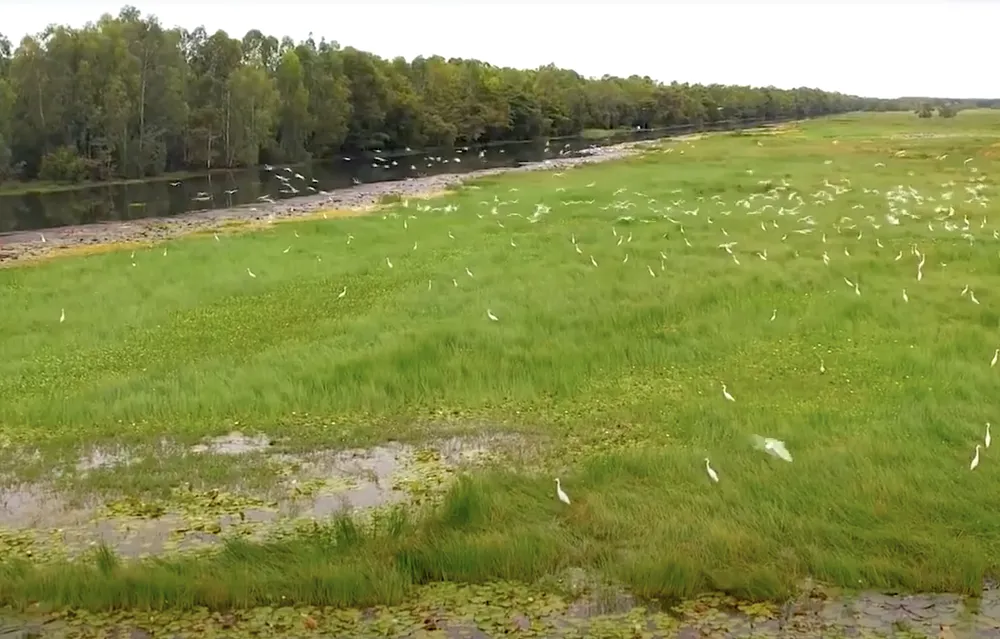
This is an important premise for proactively preparing favorite natural food sources for red-crowned cranes.
Previously, Tram Chim National Park burned the ground cover in the Go Lau Voi area, then plowed to create favorable conditions for the development of cajuput, actively regulated the water level according to the season, and controlled the pH of the soil. After a while, the cajuput fields have grown lush and green, along with the strong recovery of young cajuput trees... This is also the result of the implementation of the project "Conservation and development of red-crowned cranes at Tram Chim National Park in the period of 2022-2032" that Dong Thap province is implementing.
Dong Thap wishes not only to protect the red-crowned cranes, but also to protect the original ecosystem of the ancient Dong Thap Muoi region. With a large area and a rich ecosystem most similar to the former Dong Thap Muoi.
Currently, the ecosystem at Tram Chim National Park is recovering strongly both on land and underwater, attracting many species of birds to nest and breed such as: stilts, combed ducks, necked egrets, and sen... In 2024, Tram Chim National Park welcomed 7 red-crowned cranes back - a good sign for the project to conserve and develop red-crowned cranes.
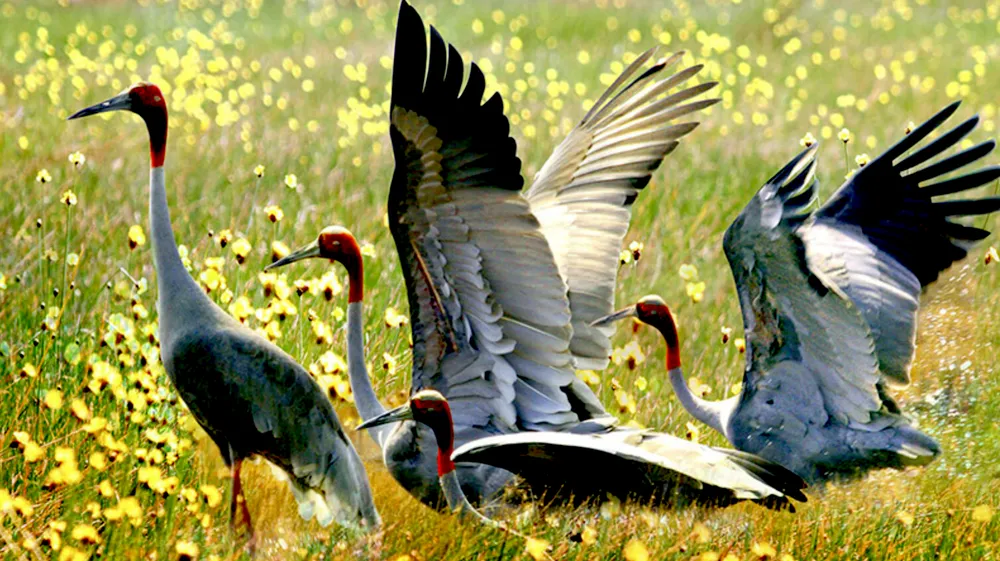
According to Dr. Tran Triet, Director of the Southeast Asia Program, International Crane Society, ecosystem restoration is not only of scientific significance, but also brings great spiritual and cultural values. Tram Chim National Park is striving to become a comprehensive ecological model, combining nature conservation, ecotourism development and environmental education .
The project to conserve and develop the red-crowned crane is not only a story about the conservation of rare animals, but also a testament to the strong and determined commitment of Dong Thap province. It is the proactive investment of the budget and the mobilization of social resources to join hands in preserving biodiversity.
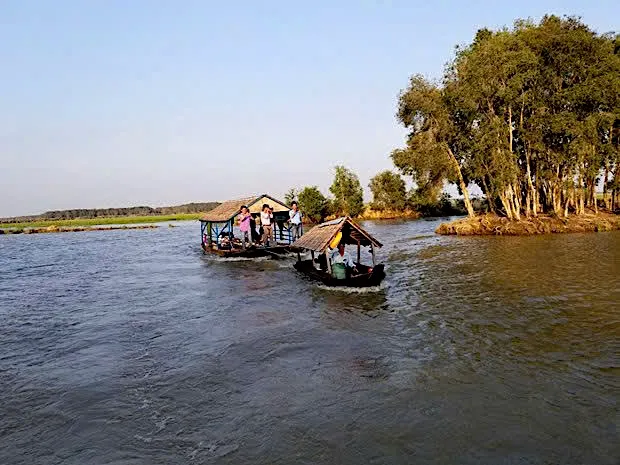
Tram Chim National Park borders 4 communes, including Tram Chim, Phu Tho, Tam Nong and An Hoa, with a total area of over 7,300 hectares. It is one of the remaining wetlands with typical characteristics of the ancient Dong Thap Muoi ecosystem, and is also a place to preserve hundreds of rare species of plants, waterfowl and aquatic creatures. In 2012, Tram Chim was internationally recognized as the 4th Ramsar site of Vietnam and the 2,000th Ramsar site in the world.
* The project "Conservation and development of red-crowned cranes in Tram Chim National Park for the period 2022-2032" has 5 tasks: receiving and raising transferred cranes, and at the same time researching reproduction and re-releasing red-crowned cranes into the wild in Tram Chim National Park; Improving and restoring the ecosystem and habitat of red-crowned cranes in Tram Chim National Park, aiming to restore and preserve the typical biodiversity values of the ancient Dong Thap Muoi region; Building a sustainable ecological agricultural production model (rice), combining well between ensuring the livelihoods of people and the environment around the area where cranes are released into the natural environment; Mobilizing and calling for many resources to serve the conservation of red-crowned cranes in particular and biodiversity conservation in Tram Chim National Park in general; Protecting red-crowned cranes contributes to preserving a symbol of the wetland ecosystem.
Source: https://www.sggp.org.vn/phuc-hoi-quan-xa-nang-kim-gan-100-ha-o-vung-loi-vuon-quoc-gia-tram-chim-post816341.html


![[Photo] Prime Minister Pham Minh Chinh chairs a meeting of the Government Standing Committee to remove obstacles for projects.](https://vphoto.vietnam.vn/thumb/1200x675/vietnam/resource/IMAGE/2025/10/06/1759768638313_dsc-9023-jpg.webp)




![[Photo] Prime Minister Pham Minh Chinh chaired a meeting of the Steering Committee on the arrangement of public service units under ministries, branches and localities.](https://vphoto.vietnam.vn/thumb/1200x675/vietnam/resource/IMAGE/2025/10/06/1759767137532_dsc-8743-jpg.webp)


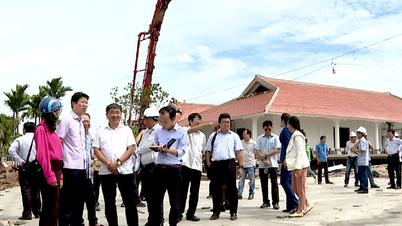
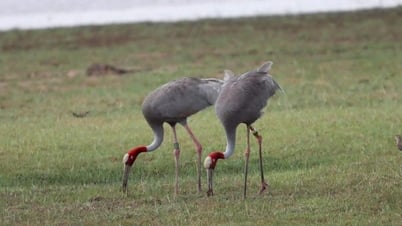
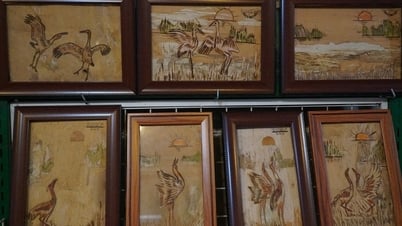

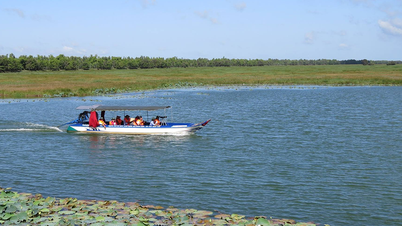

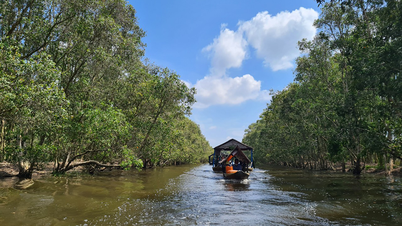
















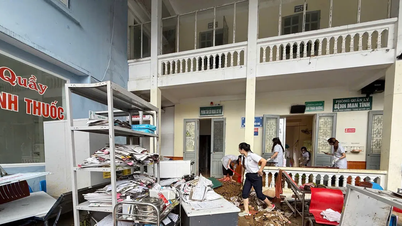
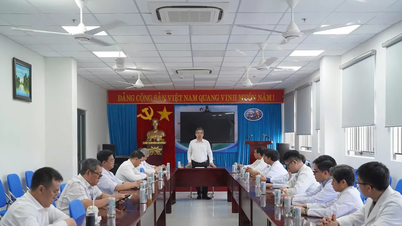

















































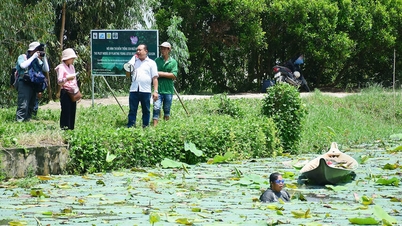


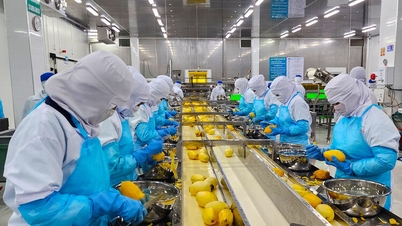














Comment (0)